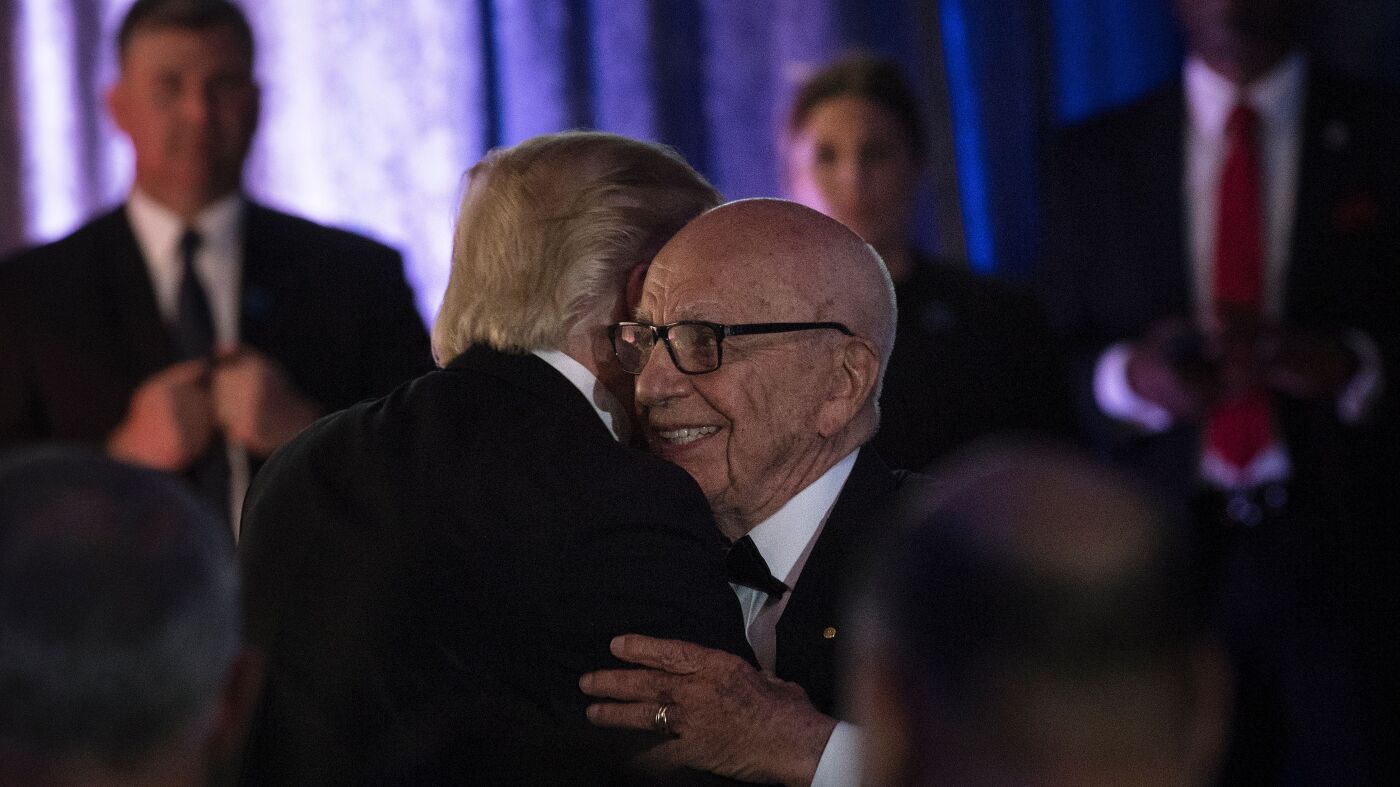There’s a curious gap between what working families cherish and what the wealthy choose. For many, buying a piece from a sought-after brand is a meaningful milestone after saving up. But for the rich, those same items often fade into the background.
Take Coach bags, for example. For someone who scrimped for months, that first Coach bag isn’t just an accessory; it’s a trophy of hard work. It embodies financial discipline and the beauty that comes from careful planning. In contrast, the wealthy have moved on to brands like Bottega Veneta—luxuries that speak through subtlety rather than showiness.
Similarly, consider Michael Kors watches. A $300 Kors timepiece reflects hours of overtime and a sense of fulfillment. But for those who can afford any watch, the models from high-end brands like Patek Philippe often go unnoticed. Timepieces become less about functionality and more about discreet elegance.
Sneaker culture illustrates this stark difference too. For working-class sneakerheads, limited edition Nikes are treasures worth anticipating and saving for. These shoes are packed with stories and significance. Meanwhile, wealthy kids may have a closet full of Jordans, but they’re just a part of a larger collection, far less meaningful.
Polo Ralph Lauren tells a similar tale. For many, each Polo shirt is a carefully chosen addition to a slowly built wardrobe. However, the ultra-wealthy sometimes opt for brands like Loro Piana, where the price tag speaks to a quality so understated, it’s almost invisible.
Winter coats also carry symbolism. A Canada Goose jacket represents warmth and achievement, a purchase made after careful financial planning. Wealthy individuals may prefer brands like Arc’teryx, which focus on performance over appearance. For them, public recognition isn’t a priority.
The same goes for Gucci belts, Beats headphones, and Timberland boots. Each piece can tell a story of sacrifice, whether it’s saving up for the latest headphones or wearing boots that symbolize urban culture. In contrast, the rich often gravitate towards unbranded luxury, where the absence of a logo speaks volumes about status.
And then there are brands like Victoria’s Secret. A pink shopping bag signifies self-care for many, something worth budgeting for. Wealthy women, however, might shop at elite boutiques for lingerie that speaks to sophistication without being flashy.
These items collectively reflect what economists call positional goods—they derive value from their status. According to a 2022 survey by the American Association of Family and Consumer Sciences, 65% of working-class individuals believe high-end brands represent hard-earned success, while only 21% of affluent individuals felt a connection to those same brands.
What’s truly happening is that working-class individuals save and sacrifice for these brands because they symbolize attainable dreams. It’s about choice, effort, and fulfillment. The wealthy, on the other hand, often step away from these brands not out of disdain but from a place of having “been there, done that.” For them, luxury becomes more about peace of mind and the freedom to choose without external validation.
In the end, the weight of a purchase is rarely just in its price. It often lives in what it took to attain it—sacrifices made and dreams chased. Understanding this gap enriches our view of luxury and achievement. It’s not just about what we buy; it’s about what those purchases represent in our lives.
Source link






















